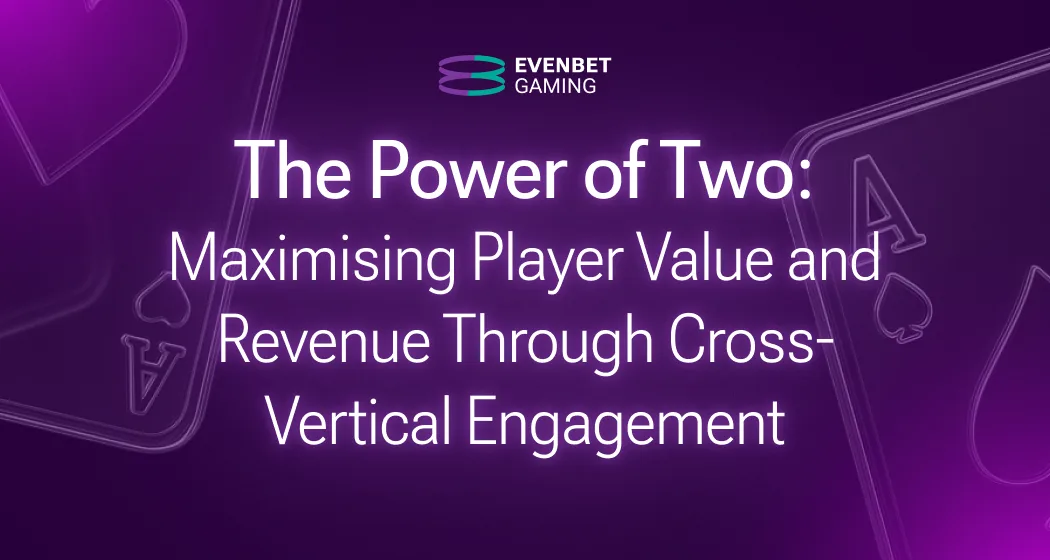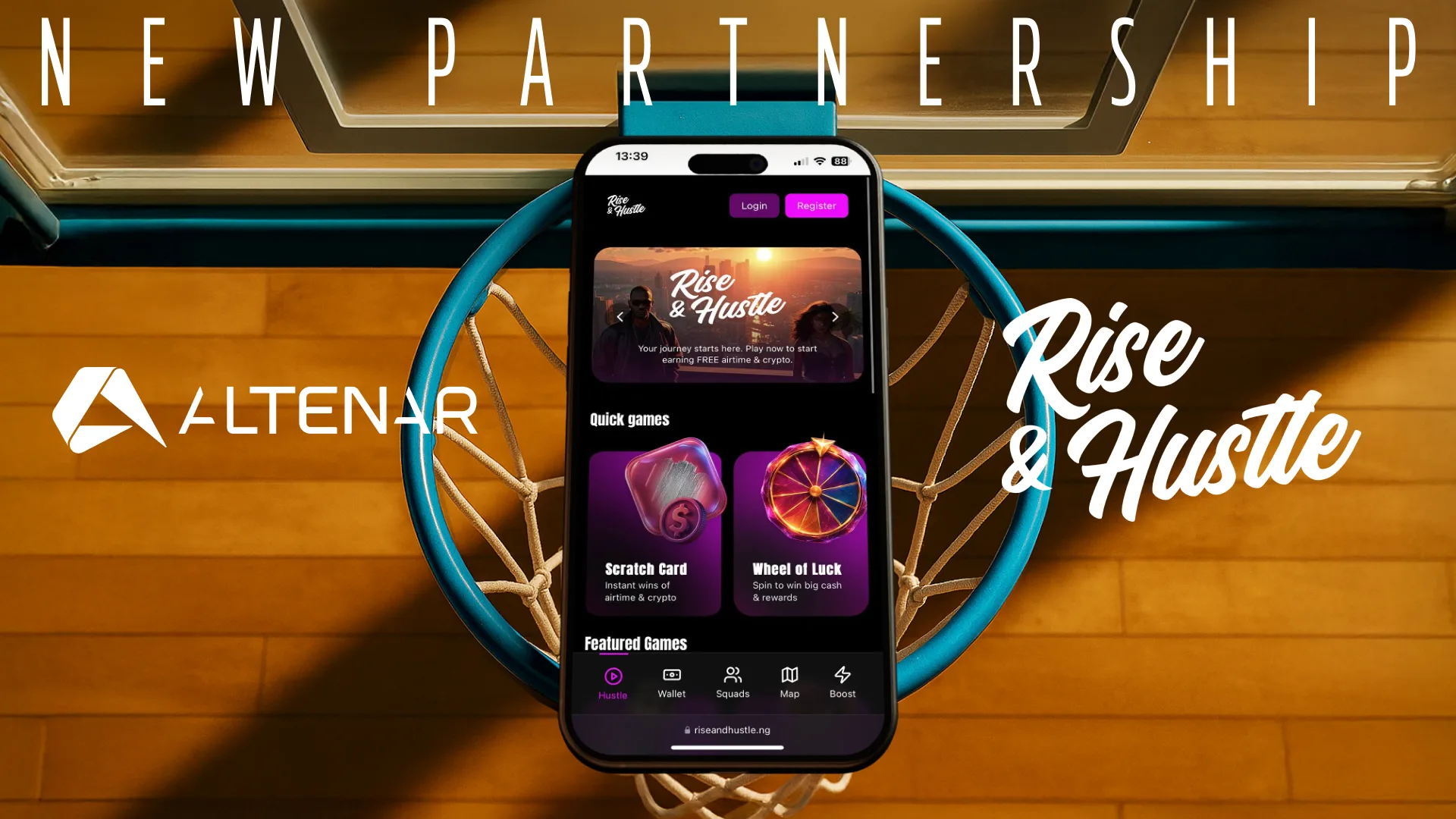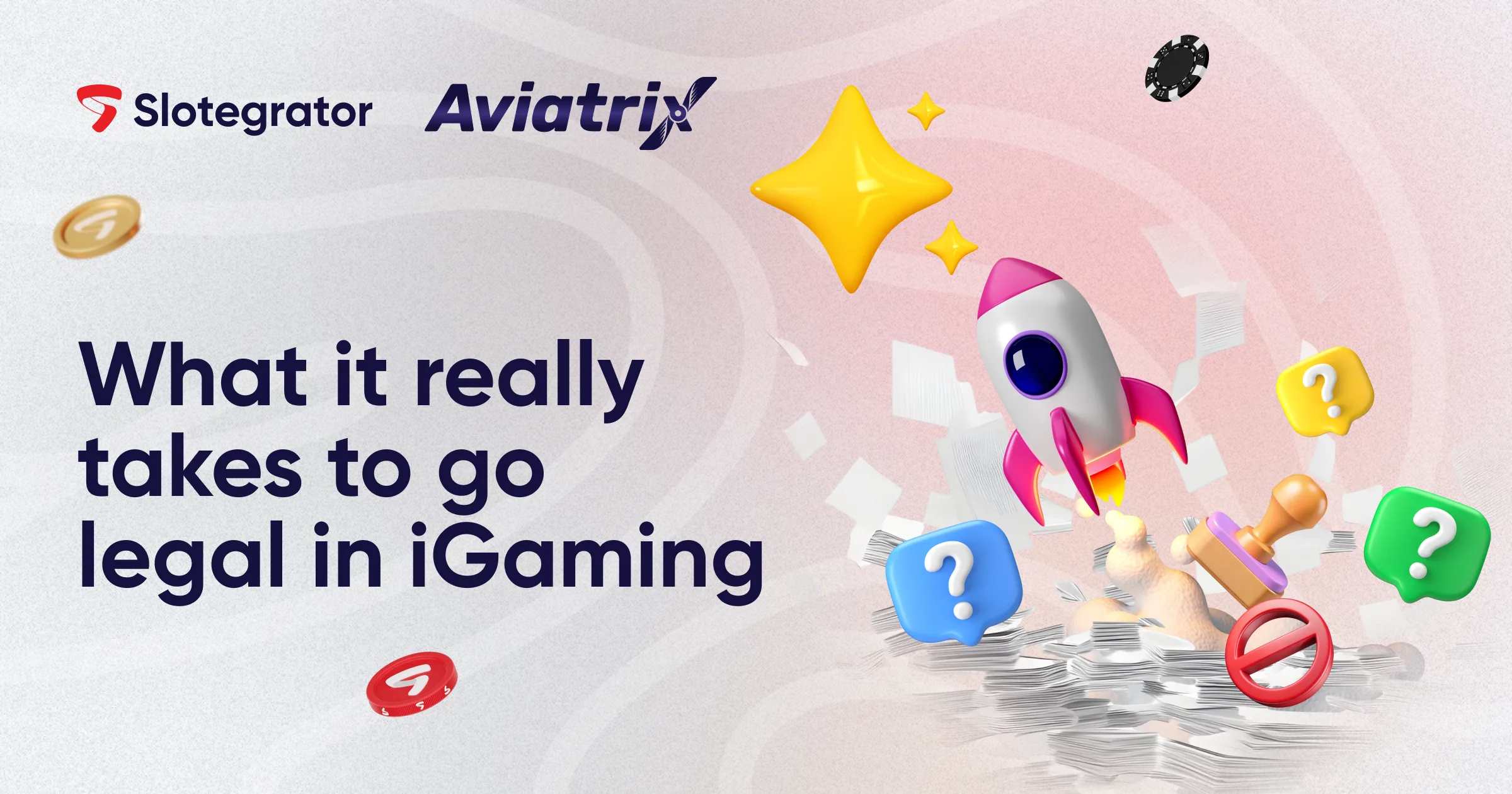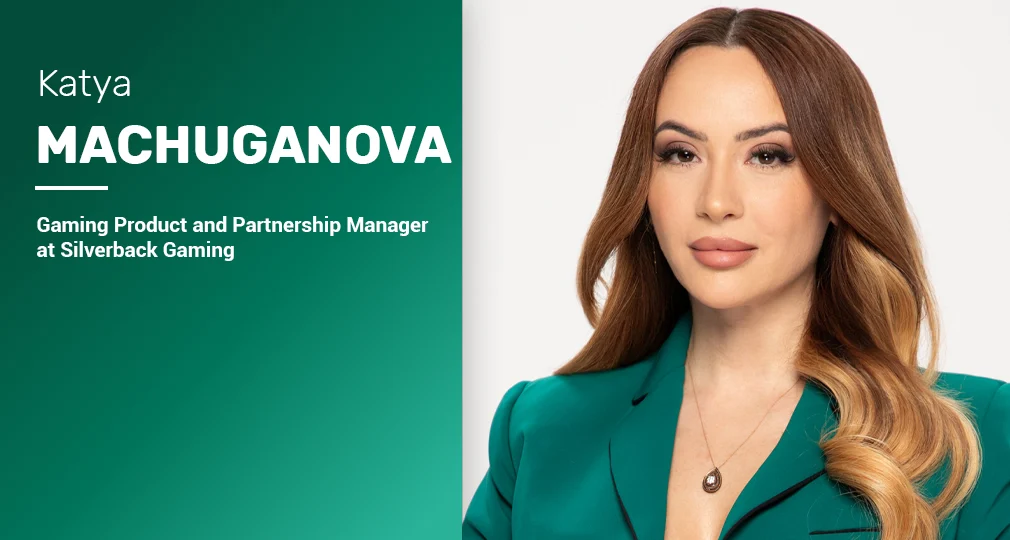Let’s unveil the secret of what is IDO in crypto and see all sides of it. IDO stands for “Initial DEX Offering.” It is a fundraising method used within the cryptocurrency and blockchain, specifically on decentralized exchanges (DEXs). In an IDO, a new cryptocurrency project or token is launched directly on a decentralized exchange platform.
IDOs take place in the decentralized finance (DeFi) ecosystem, as opposed to conventional Initial Public Offerings (IPOs) carried out in traditional financial markets. They have gained popularity due to their accessibility, allowing projects to reach a broader audience of potential investors without intermediaries.
A fair and transparent distribution mechanism often accompanies IDO fundraising events. Sometimes, they may include governance or utility tokens, giving holders certain rights or access to specific features within the project’s ecosystem.
Key features and characteristics of IDOs
- Decentralization: Decentralized exchanges (DEXs), which function without a centralized authority, are where IDOs are conducted. This allows for a more open and permissionless fundraising process;
- Accessibility: IDOs provide a relatively low barrier to entry for both projects and investors. Any project can launch an IDO, and anyone with access to a compatible wallet and the necessary cryptocurrency can participate;
- Fair and Transparent Distribution: To ensure a proper allocation to participants based on predefined rules, IDOs frequently utilize automated smart contract-based procedures;
- Token Standards: The production of tokens utilizing recognized standards is usual for IDOs. These standards ensure compatibility with various wallets, exchanges, and DeFi protocols;
- Liquidity Pool: The project creates a liquidity pool on the DEX to make it easier to sell tokens during the IDO. This pool contains the tokens available for purchase and is usually funded with an equivalent amount of a prominent cryptocurrency, such as ETH or BNB;
- Time-Limited Sales: Investors can often acquire tokens from IDOs only within a certain period. This deadline, which can be anywhere from minutes to hours, gives the event a sense of urgency;
- Investment Caps: To prevent large investors from acquiring an unfair proportion of tokens, IDOs may implement investment caps, limiting the maximum amount each participant can invest;
- Whitelisting and KYC: Some IDOs require participants to go through a whitelisting process or undergo Know Your Customer (KYC) verification to comply with regulatory requirements and prevent fraudulent activities;
- Governance or Utility Tokens: In some cases, IDOs issue governance or utility tokens, giving holders certain rights or access to specific features within the project’s ecosystem. These tokens could influence project governance choices or incentivize particular activities.

How does IDO work?
The IDO process typically involves a token issuer creating and deploying their new cryptocurrency on a blockchain network, often using a standard like ERC-20 for Ethereum-based tokens. The issuer then allocates a percentage of the freshly created tokens for sale and creates a liquidity pool on a DEX.
Investors interested in participating in the IDO can then access the DEX platform and purchase these tokens directly from the liquidity pool during the designated sale period. The tokens are usually bought using a prominent cryptocurrency like Ether (ETH) or Binance Coin (BNB).
Here’s how an IDO typically works:
- The decentralized exchange selects a project or token they believe has potential and aligns with their platform’s values.
- The decentralized exchange announces the upcoming IDO, specifying the date, time, and other relevant details.
- Some IDOs require users to go through a whitelisting process, where they submit their wallet addresses in advance to be eligible for the token sale. Additionally, some projects may require Know Your Customer (KYC) verification to comply with regulatory requirements.
- The project team determines the amount of the new token allocated for the IDO. The distribution of tokens may be set, first-come, first-served, or determined by a lottery method.
- Participants can use their compatible wallets when the IDO begins and connect to the decentralized exchange’s platform. They then send the designated cryptocurrency to a smart contract address provided by the IDO platform to purchase the new tokens at the offering price.
- Based on the IDO’s conditions, the smart contract will automatically execute and transfer the additional tokens to participants’ wallets.
- Once the IDO is completed, the new tokens are usually listed for trading on the same decentralized exchange or other compatible platforms, allowing participants to buy and sell the tokens freely.
Steps involved in participating in an IDO

Step 1: Choose a Decentralized Exchange (DEX)
First, you must choose a decentralized exchange platform hosting the IDO. Some popular DEXs that frequently host IDOs include Uniswap, PancakeSwap, SushiSwap, and others. Check DEX’s website or social media channels for announcements about upcoming IDOs.
Step 2: Set Up a Compatible Wallet
You’ll need a digital wallet that works with the DEX and the blockchain network the project is based on in order to participate in the IDO (for example, Ethereum or Binance Smart Chain). MetaMask, Trust Wallet, and Coinbase Wallet are a few well-known wallets. Create an account, install the wallet extension or app, and ensure you have enough cryptocurrency (such as ETH or BNB) to buy the new tokens.
Step 3: Get Whitelisted (If Required)
Some IDOs require participants to go through a whitelisting process, especially if the project wants to prevent bots or ensure regulatory compliance. Follow the guidelines to be added to the whitelist before the IDO date if the project has one.
Step 4: Keep an Eye on the IDO Date and Time
To determine the exact day and hour the IDO will begin, check the project’s social media accounts, website, or notifications on the DEX. IDOs frequently have time constraints, so you should be prepared to join as soon as it starts.
Step 5: Connect Your Wallet to the DEX
Connect your digital wallet to the DEX platform hosting the sale before the IDO begins. This will enable you to purchase the new tokens and interact with the IDO smart contract.
Step 6: Participate in the IDO
Once the IDO begins, visit the DEX platform, and look for the specific IDO pool for the project you want to support. You’ll likely see information about the token sale, the price of the new tokens, and the amount of cryptocurrency you can invest.
Step 7: Confirm the Transaction
Your wallet will ask you to confirm the transaction when you’re ready to buy the tokens. Pay close attention to the details, including the token amount and the cost in cryptocurrency, and then confirm the purchase.

Step 8: Wait for Token Distribution
After the IDO event ends, the smart contracts will automatically distribute the new tokens to your wallet. There may be a vesting time during which you cannot immediately transfer or trade the tokens, depending on the project’s restrictions.
Step 9: Start Using or Trading the Tokens
Once you have received the new tokens, you can use them within the project’s ecosystem or trade them on the DEX and other compatible platforms.
Benefits of IDOs
| Benefit | Description |
| Decentralization | The decentralized exchanges eliminate the need for intermediaries like banks or financial institutions. This fosters a more open and permissionless fundraising process. |
| Access to a Wider Audience | IDOs allow cryptocurrency initiatives to connect with a large audience of potential investors worldwide. Participation is open to anybody with a suitable digital wallet and internet connection, fostering diversity and accessibility. |
| Faster and More Cost-Effective Fundraising | Initial Public Offerings (IPOs), a common form of financing, may be costly and time-consuming. IDOs, on the other hand, may often be established more rapidly, with fewer costs and administrative requirements. |
| Community Engagement | IDOs promote community support and participation. Projects frequently form close bonds with their early backers, which results in a devoted and active user base that may offer insightful criticism and help the initiative succeed. |
| Transparent and Fair Token Distribution | IDOs use smart contracts to automate the token distribution process to ensure a fair and transparent distribution of tokens to participants based on predefined conditions. |
| Liquidity Generation | By creating a liquidity pool on a DEX, it can attract more traders and investors to the project, increasing overall liquidity and market participation. |
| Token Price Discovery | The market demand during the sale determines the token price in an IDO. This price discovery mechanism helps establish the initial value of the token and can reflect the market’s perception of the project’s potential. |
| Early Access to Innovative Projects | IDOs allow investors to participate in brand-new, potentially ground-breaking cryptocurrency ventures at an early stage. If the idea is successful, this early access can result in larger potential rewards. |
| Regulatory Flexibility | IDOs could have more regulatory latitude than conventional forms of fundraising. However, it’s essential to consider the legal implications and adhere to relevant regulations. |
Risks associated with IDOs
Despite the advantages IDOs have, there are also potential pitfalls. Here are some risks with IDOs you should be aware of:
| Risk | Description |
| Market Volatility | In IDOs, the values of freshly introduced tokens can fluctuate significantly soon after the sale because to their extreme volatility. Rapid price changes might cause gains or losses for investors. |
| Lack of Regulation | IDOs are typically not subject to the same level of regulation and oversight as common financial markets. This means that investors may have fewer legal protections and recourse in case of fraud or malpractice. |
| Scams and Fraudulent Projects | The decentralized nature of IDOs makes it easier for scammers to create fake projects or tokens to deceive investors. |
| Imperfect Information | Information about IDO projects may be limited or biased, making it challenging to accurately assess the project’s legitimacy, viability, and potential risks. |
| Project Viability and Team Credibility | Some IDO projects may need a more precise roadmap, whitepaper, or experienced team members. Putting money into initiatives with vaguely stated objectives or inexperienced personnel raises the likelihood of failure or poor performance. |
| Lack of Liquidity | Although IDOs create initial liquidity through liquidity pools, trading volumes for newly launched tokens may be relatively low initially. Low liquidity can lead to wider bid-ask spreads and difficulty executing trades at desired prices. |
| Imperfect Smart Contract Code | Smart contracts used in IDOs are susceptible to bugs or vulnerabilities. Exploitable code can lead to security breaches, loss of funds, or token manipulation. |
| Early-Stage Investment Risks | Investing in IDOs means getting involved in early-stage projects where the success and adoption of the token are uncertain. The project can run into unforeseen difficulties or fall short of its objectives. |
| Token Dumping | Early investors or project teams could choose to sell a significant portion of their tokens immediately after the IDO, putting downward pressure on the token’s price. |
| Regulatory Uncertainty | Regulatory changes or crackdowns may impact the project’s operations and token value. |
| Vesting Schedules | Some IDOs may have vesting schedules, meaning that tokens are subject to lock-up periods before they can be fully tradable. This can limit the immediate liquidity of the tokens. |
Conclusion
In conclusion, an Initial DEX Offering (IDO) is a fundraising method used in the cryptocurrency and blockchain, specifically on decentralized exchanges (DEXs). Unlike traditional IPOs, IDOs take place within the decentralized finance (DeFi) ecosystem, offering accessibility and transparency to a broader audience of potential investors without the need for intermediaries.
To participate in an IDO, investors must select a suitable DEX, set up a compatible wallet, get allowed (if required), and keep track of the IDO date and time. They can purchase tokens directly from the liquidity pool using a prominent cryptocurrency during the event. While IDOs offer benefits such as decentralization, community engagement, and faster fundraising, there are risks, including market volatility, lack of regulation, scams, imperfect information, project viability, etc.
Before engaging in any IDO, investors should do extensive study and exercise prudence, recognizing early-stage investments’ possible benefits and hazards. Participants must remain current on the latest developments and make educated judgments while participating.











